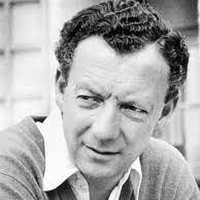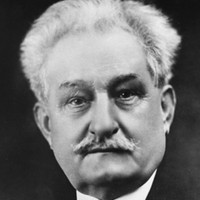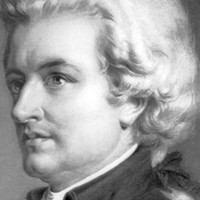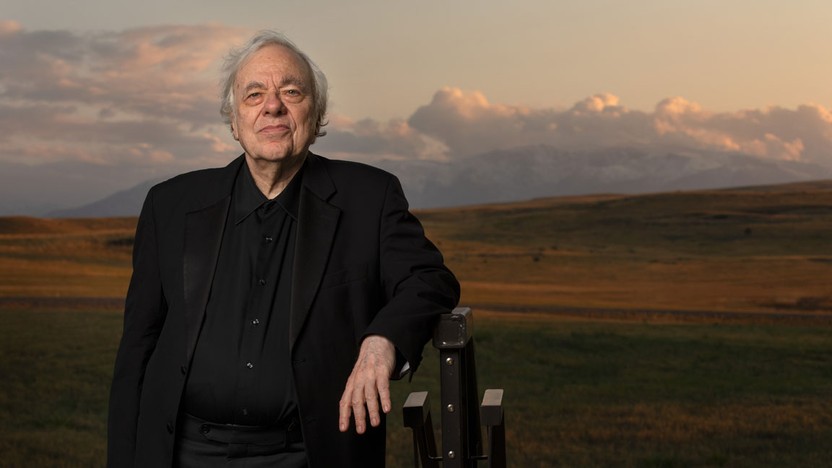Details

Benjamin Britten
Phantasy, Quartet for Oboe, Violin, Viola and Cello

Leoš Janáček
Concertino for Piano, Two Violins, Viola, Clarinet, Horn and Bassoon

Leoš Janáček
Idyll for Strings

Wolfgang Amadeus Mozart
Piano Concerto No. 14
After Wolfgang Amadeus Mozart moved to Vienna in 1781, he took on an ever-increasing portfolio of freelance gigs that included teaching keyboard lessons, pursuing opera commissions, selling scores for publication, cultivating private patrons, and producing subscription concerts where he debuted his new piano concertos and other works that exploited his talents as a performer — in short, anything to feed his growing family and support his spiraling cost of living. He may have started the Piano Concerto in E-flat Major (K. 449) as early as 1782 with the intention of playing it on one of his self-produced concerts, but he set it aside and only finished the score on February 9, 1784. In his log of compositions, he noted that it was intended for Barbara von Ployer, a teenaged piano student for whom he wrote two (or maybe three) of his concertos.
Surprises abound in this concerto, beginning in the orchestral tutti, which veers to a turbulent minor-key passage after some twenty seconds, making for a dramatic approach to the pastoral sweetness of the second theme. The most slippery music comes in the development section, which elaborates on an earlier gesture of trills. After a series of bold declarations from the piano, answered each time by stark orchestral octaves, the soloist makes a cunning ascent through wandering harmonies to arrive suddenly back at the home key for the all-important recapitulation.
On its surface, the central Andantino movement seems to deliver a succession of docile and uncomplicated tunes, but once again the harmonic ground shifts stealthily beneath the listener’s feet. When the strings bring back the main theme, for instance, they have migrated to the completely foreign key, setting up an elegant return journey to the proper home key that unfolds over the next minute-and-a-half.
Not long after Mozart had arrived in Vienna, a supportive older patron drew him deep into the neglected art of fugue as practiced earlier in the century by Johann Sebastian Bach and George Frideric Handel. The crisp counterpoint of this concerto finale is an enduring sign of Mozart’s respect for Baroque fugues, starting with a passage that gives the second violins a prominent counter-line against the bouncy melody played by the first violins. The same quality fuels an approach to the piano part that often gives equal weight to the right and left hands, rather than splitting them into a hierarchy of melody and accompaniment.
Aaron Grad ©2021
About This Program
As one of the greatest American pianists of our generation known for his “impeccable touch” (Star Tribune), Richard Goode has a decades-long history as one of the leading interpreters of Mozart. On this program, which centers the 18th century composer’s Piano Concerto in E-Flat, Goode reunites with the SPCO for his first performances since being named an Artistic Partner in 2024.
Contribute
SPCO concerts are made possible by audience contributions.
Newsletter
For exclusive discounts, behind-the-scenes info, and more:
Sign up for our email club!

